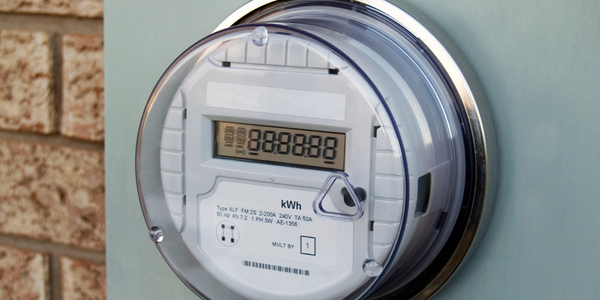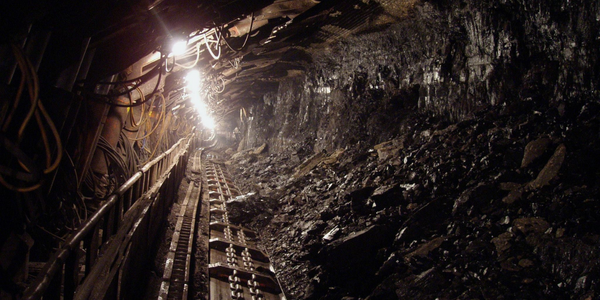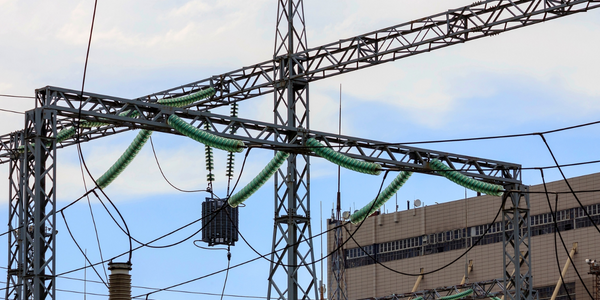技术
- 应用基础设施与中间件 - 区块链
适用行业
- 电网
- 矿业
用例
- 时间敏感网络
关于客户
Bitminter是比特币矿池领域的先驱。该公司成立于 2011 年,是最早出现在全球舞台上的同类公司之一。 Bitminter 在竞争激烈的市场中运营,拥有超过 300,000 名用户。在巅峰时期,该公司保持着全球10%的比特币挖矿算力。 Bitminter 的商业模式基于为个人提供用户友好的替代方案,以集中精力开采比特币并分享利润。然而,该公司对互联网的依赖使其成为 DDoS 攻击和勒索威胁的频繁目标。
挑战
Bitminter作为比特币矿池的先驱,由于频繁的DDoS攻击和勒索威胁,在维护网络稳定性和正常运行时间方面面临着重大挑战。自2011年成立以来,Bitminter已吸引了超过30万用户,并在巅峰时期保持着10%的比特币算力。然而,由于该公司对互联网的高度依赖,经常成为 DDoS 攻击的目标。虽然这些攻击很少导致公司长时间瘫痪,但 Bitminter 意识到任何停机都可能导致用户转向其他服务。该公司曾尝试建立二级和三级矿池作为权宜之计,但攻击仍在继续。此外,托管 Bitminter 的数据中心会在攻击期间对公司进行空路由,从而有效地使服务离线。这种情况导致每次矿池无法访问时用户都会离开。
解决方案
Bitminter 向 Nexusguard 寻求 DDoS 攻击问题的解决方案。 Nexusguard 的 DDoS+ 保护提供了 Bitminter 维持其用户群和盈利能力所需的关键稳定性和绝对正常运行时间。这项服务确保了最长的正常运行时间,这是在竞争激烈的比特币挖矿行业留住现有矿工和吸引新矿工的关键因素。 Nexusguard 的服务还提供了安全预算规划方面的可预测性,具有透明的月费结构和最高上限,可以在发生攻击时消除任何令人不快的超额意外情况。该解决方案使 Bitminter 能够继续运营,而不会被攻击淹没或受到托管提供商的突发奇想。
运营影响
数量效益

Case Study missing?
Start adding your own!
Register with your work email and create a new case study profile for your business.
相关案例.

Case Study
Hydro One Leads the Way In Smart Meter Development
In 2010, Ontario’s energy board mandated that time-of-use (TOU) pricing for consumers be available for all consumers on a regulated price plan. To meet this requirement, Hydro One needed to quickly deploy a smart meter and intelligent communications network solution to meet the provincial government’s requirement at a low cost. The network needed to cover Hydro One’s expansive service territory, which has a land mass twice the size of Texas, and its customers live in a mix of urban, rural, and remote areas, some places only accessible by air, rail, boat or snowmobile. Most importantly, the network needed to enable future enterprise-wide business efficiencies, modernization of distribution infrastructure and enhanced customer service. To meet these needs, Hydro One conceptualized an end-to-end solution leveraging open standards and Internet Protocols (IP) at all communication levels. The utility drew upon industry leaders like Trilliant to realize this vision.

Case Study
Underground Mining Safety
The goal was to produce a safety system to monitor and support underground mining operations; existing systems were either too simple (i.e. phone line) or overly complex and expensive, inhibiting deployment, and providing little-to-no support in event of an accident. Given the dangerous nature of the mining work environment and the strict regulations placed on the industry, the solution would have to comply with Mine Safety and Health Administration (MSHA) regulations. Yet the product needed to allow for simple deployment to truly be a groundbreaking solution - increasing miner safety and changing daily operations for the better.

Case Study
Selling more with Whirlpool
Whirlpool wanted to add connectivity to appliances and transform the company's relationship with customers. Traditionally, Whirlpool interaction with customers was limited to purchases made once every ten years. Connected washer and dryers provide exciting new features like remote management of start times and inter-machine communication.

Case Study
Mining Firm Quadruples Production, with Internet of Everything
Dundee Precious Metal’s flagship mine, in Chelopech, Bulgaria, produces a gold, copper, and silver concentrate set a goal to increase production by 30%. Dundee wanted to increase production quality and output without increasing headcount and resources, improve miner safety, and minimize cost.

Case Study
Fastenal Builds the Future of Manufacturing with MachineMetrics
Fastenal's objective was to better understand their machine downtime, utilization, quality issues, and to embrace cutting-edge manufacturing technology/process improvement capabilities to bring their team to the next level. However, there was a lack of real-time data, visualization, and actionable insights made this transition impossible.

Case Study
SAS® Analytics for IoT: Smart Grid
Companies face falling revenues, rising infrastructure costs, and increasing risk of outages caused by inconsistent energy production from renewable sources. Less money is coming in as more people and organizations take steps to curb their energy use. Utilities are paying more to maintain and build infrastructure due to increasing complexity, resulting from the rising number of intermittent and variable renewable energy sources connected in the distribution grid.







